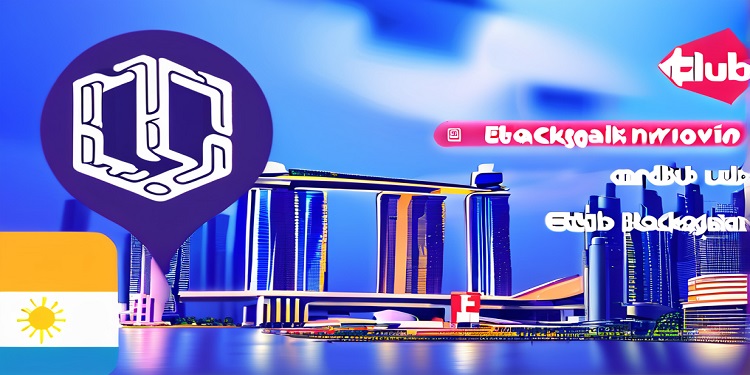 OP Labs, a prominent crypto developer, has taken a significant step towards enhancing the security of its distributed networks built on the Ethereum blockchain. The company’s software, which gained immense popularity among businesses seeking to establish their distributed networks, had been missing a crucial security element known as “fault proofs.” This deficiency had raised concerns among technical experts, comparing it to driving a fast car without airbags. In response, OP Labs initiated the implementation of fault proofs, a vital security feature, on its test network, OP Goerli Testnet. This article delves into the details of this development and its implications for the blockchain ecosystem.
OP Labs, a prominent crypto developer, has taken a significant step towards enhancing the security of its distributed networks built on the Ethereum blockchain. The company’s software, which gained immense popularity among businesses seeking to establish their distributed networks, had been missing a crucial security element known as “fault proofs.” This deficiency had raised concerns among technical experts, comparing it to driving a fast car without airbags. In response, OP Labs initiated the implementation of fault proofs, a vital security feature, on its test network, OP Goerli Testnet. This article delves into the details of this development and its implications for the blockchain ecosystem.
The Quest for Fault Proofs:
OP Labs’ software has been instrumental in enabling companies to create their own distributed networks on the Ethereum blockchain, with Coinbase being one of the prominent users. However, the absence of fault proofs, a core component of optimistic rollup technology, posed a significant security risk. Fault proofs, also known as fraud proofs, are essential for verifying the integrity of data in layer-2 blockchains, or “rollups,” connected to primary layer-1 blockchains like Ethereum.
OP Labs acknowledged the importance of integrating fault proofs and even had a dedicated project named “Cannon” to address this concern. The absence of fault proofs has cast doubts on the security of these networks, which are considered a vital part of the crypto landscape.
Optimism, the layer-2 blockchain that inspired OP Stack’s software, had previously introduced fault proofs on its main network but later removed them due to security concerns. Karl Floersch, CEO of OP Labs, emphasized the necessity of rethinking the system’s design to ensure sustainability. He explained that the recent development was the result of extensive redesign efforts initiated more than a year ago.
Security Concerns and Rollup Technology:
Rollup technology, without fault proofs, has raised concerns among blockchain experts. Transactions executed in networks lacking fault proofs are deemed unsafe and susceptible to spoofing. For instance, Martin Köppelmann, a seasoned Ethereum developer and co-founder of the Gnosis blockchain, voiced his concerns regarding the security of Optimism and Base bridges, stating that the absence of fault proofs left billions of dollars vulnerable to potential exploits.
Addressing Governance and Decentralization:
In response to criticism and security concerns, OP Labs has taken a multifaceted approach. Floersch acknowledged the importance of governance and decentralization in the development of blockchain projects. He emphasized that blockchain projects must first address these critical aspects before implementing fault proofs.
To achieve stage 2 decentralization, OP Labs embarked on an architectural mapping process in February. This initiative aimed to decentralize specific elements of the protocol, laying the foundation for a more secure and resilient blockchain ecosystem.
Conclusion:
OP Labs’ introduction of fault proofs on its test network represents a significant stride toward enhancing the security of its distributed networks. This development addresses concerns raised by experts in the crypto community regarding the absence of this crucial security feature. As the blockchain ecosystem continues to evolve, the implementation of fault proofs and the focus on governance and decentralization are pivotal steps in ensuring the safety and integrity of blockchain networks.








